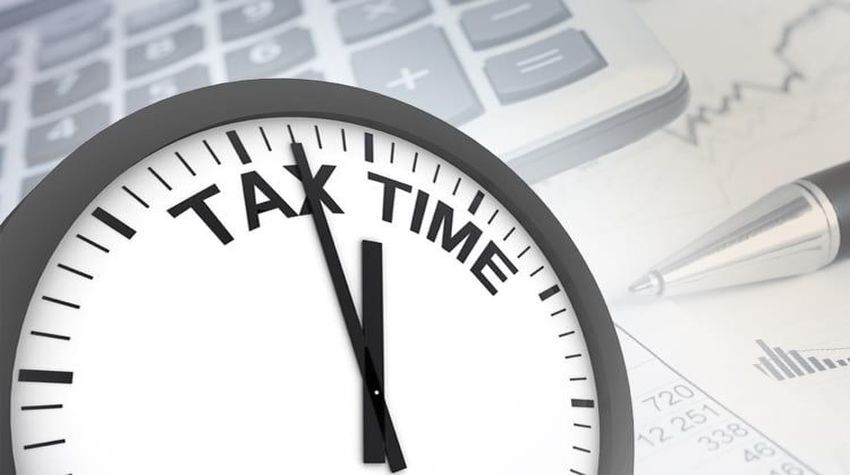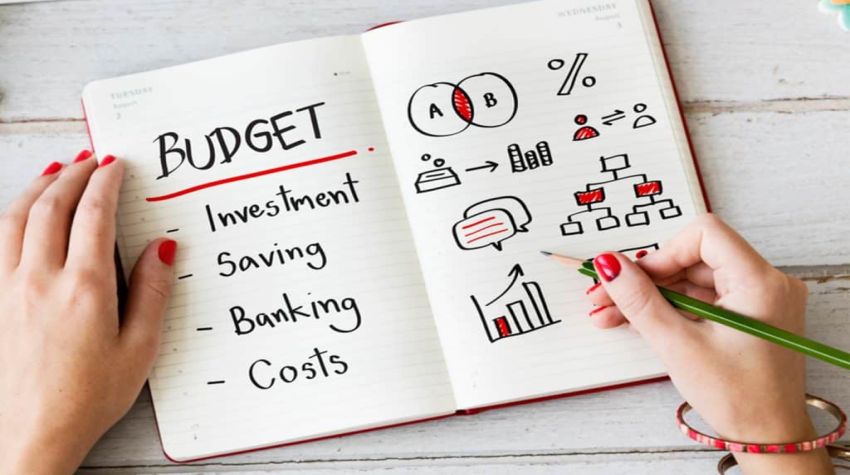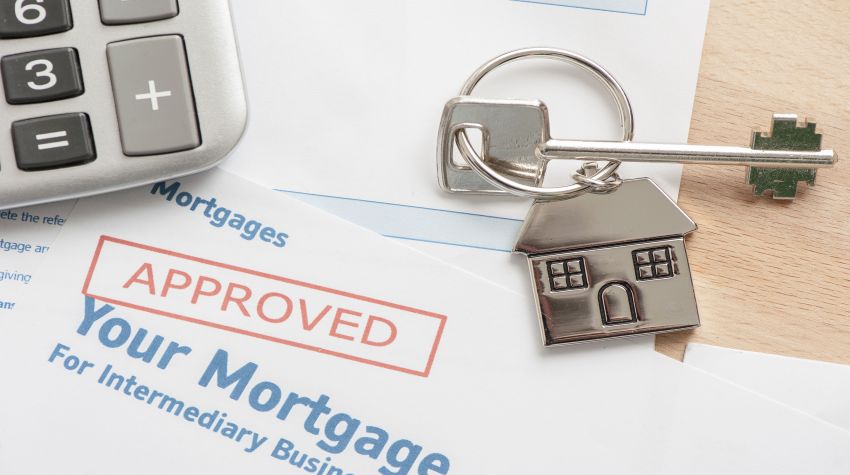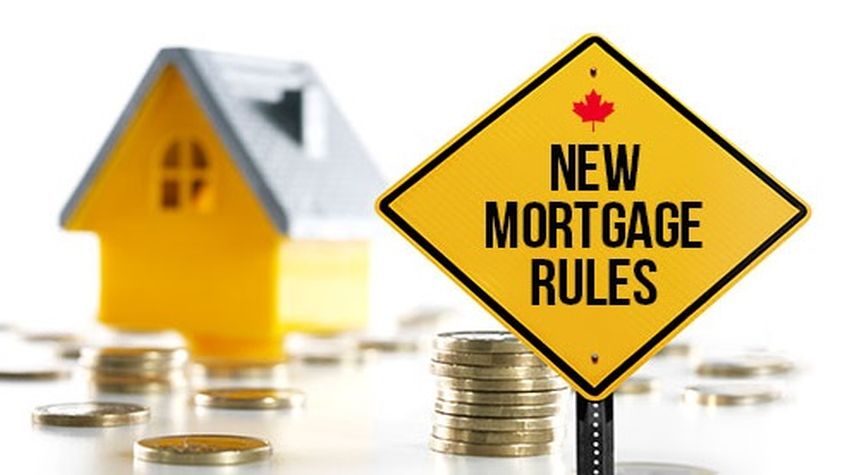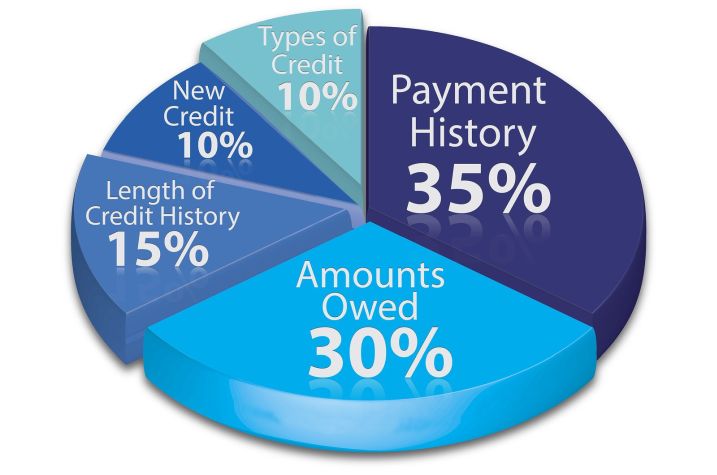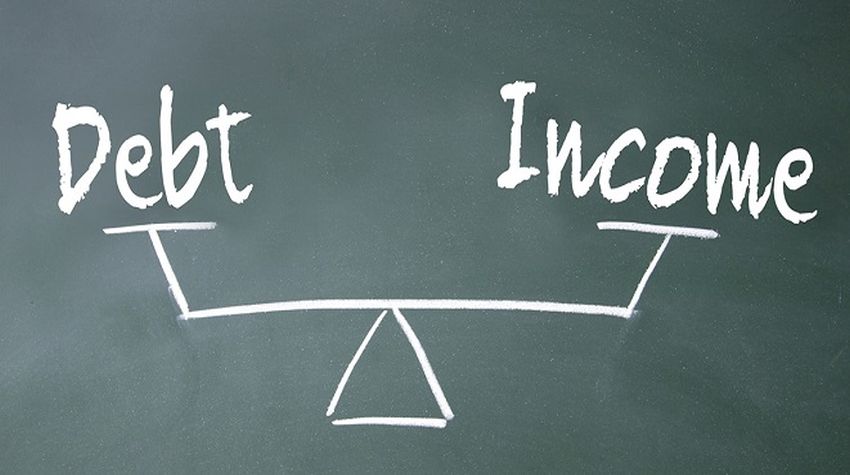Many Canadians’ year-end tax prep may be a little different as 2020 draws to a close. Taking a close look at your personal balance sheet before December 31 is a routine exercise that can help you make the most of your savings, reduce your tax bill and boost your tax refund in the new year. But a slew of pandemic-linked emergency benefits and relief measures this year means there may be some additional financial housekeeping you need to do this time. Here are some tips to make sure you start off the 2021 tax season on the right foot:
Paying Taxes on Your Emergency Benefits
The first round of emergency benefits Ottawa rolled out during the pandemic did not have any tax withheld at source. If you received either the Canada Emergency Response Benefit (CERB) or the Canada Emergency Student Benefit (CESB), you’ll have to include 100% of those payments in your 2020 tax return. The government will send you a T4A tax reporting slip for 2020 showing the total amount you report.
How much tax you’ll actually end up paying depends on your overall income for 2020. For example, if you made $27,000 from work in 2020 and received $8,000 worth of CERB, your taxable income for the year would be $35,000. Both the income you received from CERB and your job would be taxed in the same way.
You May or May Not Have to Pay Taxes
“If you’re under $12,000 in total income for the year, you don’t have to worry about any income taxes next year,” says Frank Fazzari, a chartered professional accountant at Fazzari & Partners. With the second round of COVID-19 benefits that became available in September—the Canada Recovery Benefit (CRB), Canada Recovery Sickness Benefit (CRSB), and Canada Recovery Caregiving Benefit (CRCB)—the government is withholding 10% in taxes at source.
This, however, may be insufficient to cover your tax liability, Jamie Golombek, managing director of Tax and Estate Planning with CIBC Private Wealth Management. In addition, when it comes to the CRB, you may have to pay money back if your additional income for 2020 is more than $38,000. The claw back rate is $0.50 for each dollar of CRB received for net income over this amount. If you’ve received either round of benefits you may want to set aside some funds to cover any taxes or payments, you may owe come tax season next April.
Repaying Emergency Benefits You Don’t Qualify For
If you have to repay any COVID-19 benefits you didn’t qualify for, it would be best to return the funds by the end of the year. There is no obligation to return the payments by the end of the year. But repaying after December 31 means the amounts will show up on your T4A for 2020 and you may have to pay taxes on them. If you end up paying taxes on money you return, the CRA will eventually make you whole but you may have to wait until you file your 2021 tax return in the spring of 2022 until that happens. The process is based on general tax rules in the Income Tax Act that apply to repayments of taxable income.
The Simplified Home Office Deduction
If you’re one of the 2.4 million Canadians who’ve been working from your couch, the kitchen table or the kids’ bedroom this year because of COVID-19, you’ll likely be able to claim some home-office costs on your 2020 tax return without having to sift through receipts or ask your employers to fill out forms.
If you’re an employee who’s been toiling at home more than 50% of the time over at least four consecutive weeks in 2020 due to COVID-19, you’ll be able to claim a deduction of $2 for every work-from-home day up to a maximum of $400. This is what the CRA is calling a temporary flat-rate method of calculating the home office deduction. If you’re an employee with significant home office expenses, you can use the current “detailed method” of calculating the home office tax break, the CRA has said.
TFSA Withdrawals
There are no COVID-19 rule changes affecting tax-free savings accounts, but many Canadians have ramped up their contributions this year, according to a recent study from BMO. While a smaller percentage of Canadians was able to put as much money as they had planned into a TFSA this year, those who did were able to save up a little extra, the data suggests. Overall contributions were up 9.5% year over year.
If you’re planning to draw down on some of your TFSA savings soon, you may want to do so before the end of the year. Whenever you take money out of a TFSA, an equivalent amount of TFSA contribution room frees up in your account—but that doesn’t happen until the following calendar year.
RRIF Withdrawals
If you turned 71 in 2020, you have until December 31 to convert your registered retirement savings plan (RRSP) into a registered retirement income fund (RRIF) or registered annuity—that’s standard. If you already have an RRIF, though, remember Ottawa reduced the required minimum withdrawal for 2020 by 25%.
One-time COVID-19 Payment for Persons with Disabilities
Ottawa has also established a one-time, non-taxable payment of up to $600 for persons living with disabilities to help soften the impact of extra expenses caused by the pandemic. Being eligible and applying for the disability tax credit is one of the qualifying criteria to receive the payment. If you haven’t applied for the DTC yet, you’re still in time. Ottawa moved the application deadline from September 25 to December 31.
Charitable Donations
Charitable donations are especially important in a year that has seen jobless numbers skyrocket, domestic violence spikes, and marginalized communities struggle disproportionately with the impact of COVID-19. Both the federal and provincial governments offer donation tax credits that, when combined, can result in tax savings of around 50% of the value of your gift in 2020, depending on where you live. From the federal government alone, Canadians get a tax credit of 15% credit on the first $200 of charitable donations and 29% on anything beyond that amount.
